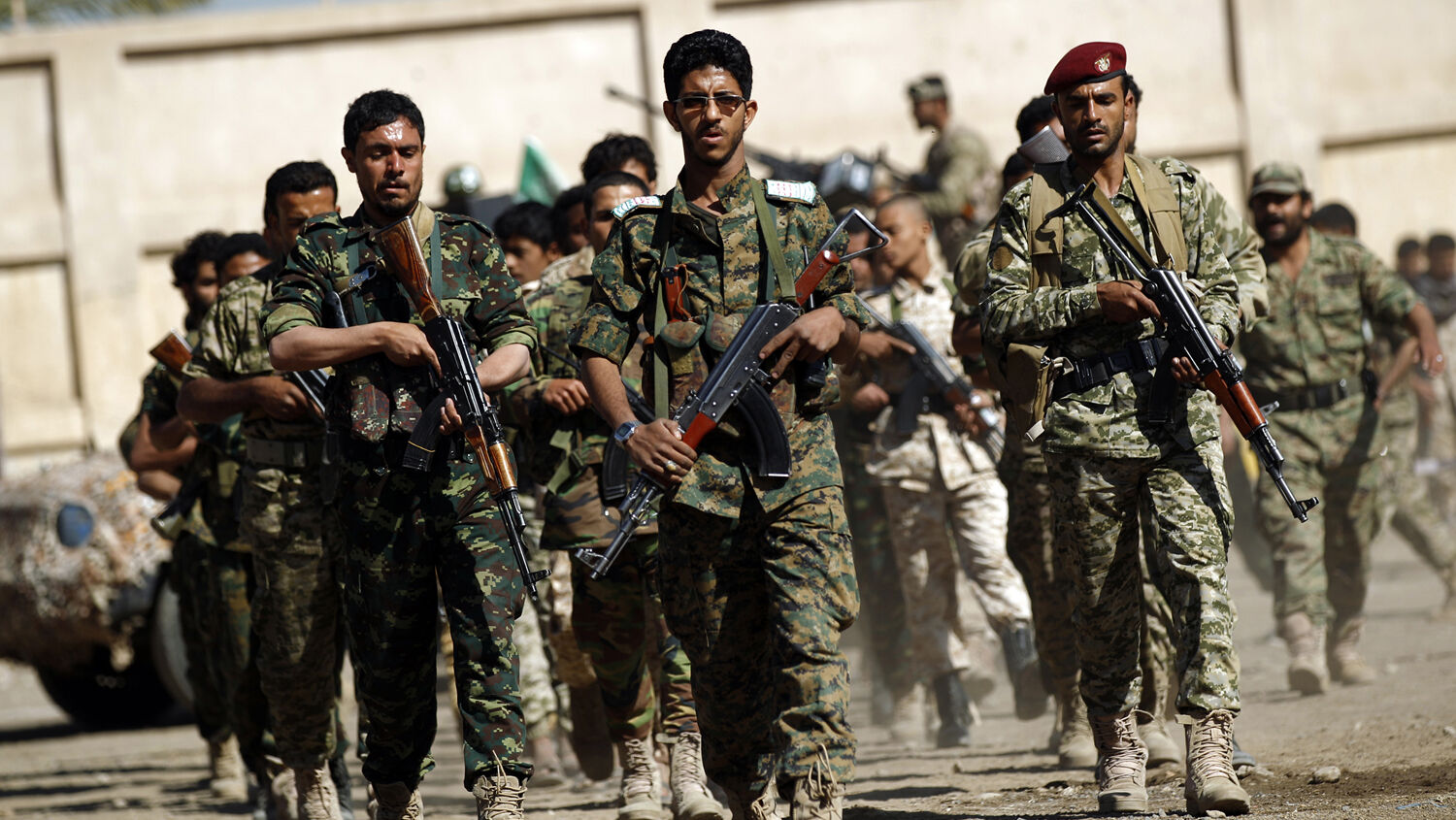
Reuters: Iran Increasing Support for Yemen’s Houthis
JERUSALEM—More proof surfaced this week concerning Iran’s proactive support for Yemen’s Houthi rebels. According to a Reuters exclusive report released on Wednesday, Iran is deeply engaged in training, arming and funding the Shiite group, which currently controls the western third of Yemeni territory. Reuters’ sources indicated that in recent months Iran has increased its long-standing support, including providing special attention from its foreign fighting force, the Quds Force of Iran’s Islamic Revolutionary Guard Corps (irgc). According to Reuters:
A senior Iranian official said Maj. Gen. Qassem Suleimani, commander of the Quds Force—the external arm of the Islamic Revolutionary Guard Corps—met top irgc officials in Tehran last month to look at ways to “empower” the Houthis.
“At this meeting, they agreed to increase the amount of help, through training, arms and financial support,” the official said.
“Yemen is where the real proxy war is going on and winning the battle in Yemen will help define the balance of power in the Middle East.”
Ever since the Houthi takeover of Sanaa, Yemen’s capital, in late 2014, the Trumpet declared that it was a victory for Iran. In the April 2015 Trumpet, editor in chief Gerald Flurry wrote, “The Houthis’ takeover of Yemen was not just a grassroots revolution. It was a part of a deliberate and calculated Iranian strategy to conquer the Red Sea.”
“The Houthi takeover in Yemen proves that Iran is implementing a bold strategy to control the vital sea-lane from the Indian Ocean to the Mediterranean Sea,” he wrote.
At the time, in spite of Iranians’ rhetoric saying they had become the “gatekeepers to the Red Sea,” many commentators and governments, including the United States, said the connection between Iran and the Houthis was almost nonexistent. Yet here is a brief look at some of the evidence that shows Iran is directly facilitating the Houthis’ rise to power in Yemen:
- September 2009: Yemeni security forces uncover six weapons caches belonging to the Houthis that contain short-range missiles and light machine guns made in Iran.
- October 2010: The Yemeni Navy seizes an Iranian ship in the Red Sea loaded with antitank weapons, destined for a port in northwest Yemen. The six crew members were weapons experts.
- March 2012: “Iranian smugglers backed by the Quds Force, an elite international operations unit within Iran’s Islamic Revolutionary Guard Corps, are using small boats to ship AK-47s, rocket-propelled grenades and other arms to replace older weapons used by the rebels, according to American officials” (New York Times, March 15, 2012).
- October 2014: Shortly after the Houthis takeover of Sanaa, Mohammed Sadeq al-Hosseini, adviser to former Iranian President Mohammed Khatami, states, “We in the axis of resistance are the new sultans of the Mediterranean and the Gulf. We in Tehran, Damascus, [Hezbollah’s] southern suburb of Beirut, Baghdad and Sanaa will shape the map of the region. We are the new sultans of the Red Sea as well.”
- March 2015: Quds Force Deputy Cmdr. Esmail Qaani says that the Quds Force evacuated 52 of its wounded operatives from Yemen to Tehran for treatment. According to European diplomatic sources, by that point, 3,000 Houthi fighters had been flown to Tehran, then Beirut, then transported into Syria to receive training from the irgc.
- April 2015: U.S. Naval Forces Central Command Vice Adm. Kevin Donegan confirms that the U.S. Navy intercepted seven ships guarded by the irgc navy. Inside the vessels were Iranian cruise missiles, explosive drone boats and other weapons.
- October 2016: Vice Admiral Donegan confirms that between April 2015 and October 2016 four other ships with weapons from Iran to the Houthis were intercepted by American, French and Australian navies. Weapons included long-range ballistic missiles capable of reaching deep into Saudi Arabia. Senior U.S. administration officials also confirm that Iran is sending weapons via the overland route through Oman to the Houthis.
The above list is far from comprehensive, but it gives a good indication of just how much Iran has invested in the Houthis for almost a decade. What is Iran’s purpose in mobilizing the Shiites in Yemen? For the answer, read Mr. Flurry’s article “Iran Gets a Stranglehold on the Middle East.”
